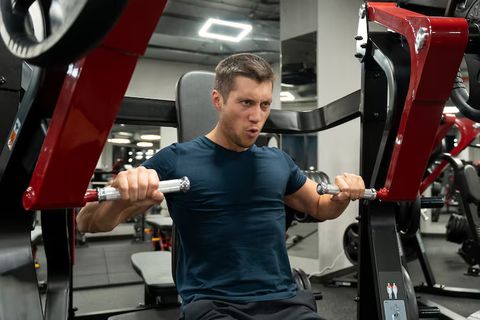What is Invisalign?
Invisalign is a modern orthodontic treatment that uses clear, removable aligners to gradually straighten teeth. Unlike traditional braces, which are fixed to your teeth, Invisalign aligners are custom-made and can be removed for eating, drinking, and brushing your teeth. The aligners are virtually invisible, making them a popular choice for adults and teens who want to straighten their teeth without the noticeable metal brackets and wires associated with traditional braces.
What Are Traditional Braces?
Traditional braces consist of metal brackets and wires that are attached to your teeth. The brackets are connected by wires, which are periodically tightened to gradually shift the teeth into their correct positions. Traditional braces are typically more visible than Invisalign, but they are still highly effective for treating a wide range of orthodontic issues, including severe misalignments.
Key Differences Between Invisalign and Traditional Braces
1. Aesthetics
One of the most significant differences between Invisalign and traditional braces is their appearance. Invisalign aligners are made of clear plastic, which makes them almost invisible when worn. This makes them a popular choice for individuals who are concerned about the aesthetics of wearing braces, especially for adults or those who work in professional settings.
On the other hand, traditional braces are much more visible due to the metal brackets and wires. While there are options for colored or clear ceramic braces that are less noticeable than the traditional metal version, they are still more conspicuous compared to Invisalign.
2. Comfort
Invisalign aligners are generally more comfortable than traditional braces. They are made from smooth plastic and don’t have any sharp edges or metal components that can irritate the inside of your mouth. Plus, since the aligners are removable, there’s no discomfort from eating, drinking, or cleaning your teeth.
Traditional braces, however, can cause irritation to the inside of your cheeks and gums, especially after tightening appointments. The brackets and wires can also make eating certain foods difficult, as sticky or hard foods can get stuck in the braces.
3. Treatment Time
Invisalign treatment can take anywhere from several months to about two years, depending on the severity of your orthodontic issues. In many cases, Invisalign treatment may be faster than traditional braces because the aligners work continuously to move your teeth. Since the aligners are switched out regularly (typically every 1-2 weeks), the treatment can often be more efficient.
Traditional braces may take longer to achieve the same results, depending on the complexity of the treatment. However, for severe misalignments or complex dental issues, traditional braces may be the more effective option.
4. Maintenance and Convenience
Invisalign aligners are removable, which means you can take them out when eating, drinking, brushing, and flossing. This makes it much easier to maintain good oral hygiene and allows you to eat without worrying about food getting stuck in your braces.
Traditional braces, however, require more effort to maintain. You must be careful with your diet to avoid foods that can damage the brackets or get stuck in the wires. Additionally, brushing and flossing around braces can be more challenging, and special tools like orthodontic floss threaders or water flossers are often recommended for cleaning.
5. Effectiveness for Different Cases
While Invisalign is a great option for mild to moderate orthodontic issues, traditional braces are often recommended for more complex dental problems. If you have severe misalignments, bite issues, or other significant dental challenges, traditional braces may be necessary for achieving the best results.
Invisalign has made incredible strides in treating a variety of orthodontic concerns, but there are still certain cases where traditional braces are the better choice. An orthodontist will be able to evaluate your specific needs and recommend the best treatment option for your case.
Which Option is Right for You?
Choosing between Invisalign and traditional braces ultimately depends on your individual needs and preferences. Here are a few questions to help guide your decision:
-
How concerned are you about the appearance of braces? If aesthetics are important to you, Invisalign may be the better choice due to its clear, discreet aligners.
-
Do you have complex orthodontic needs? If you have severe misalignments or bite issues, traditional braces may be more effective.
-
How committed are you to wearing your aligners? Invisalign requires you to wear the aligners for 20-22 hours a day, so if you’re not confident in your ability to stick to this routine, traditional braces might be a more reliable option.
-
What is your budget? While both options can be similar in price, traditional braces are often more affordable. However, the price can vary depending on the length of treatment and the complexity of your case.
Conclusion
Both Invisalign and traditional braces are effective treatments for straightening your teeth and achieving a beautiful smile. The decision between the two depends on factors such as your lifestyle, the severity of your dental issues, and your aesthetic preferences. To determine the best option for you, it’s important to consult with an experienced orthodontist who can assess your individual needs and guide you toward the right choice.
No matter which treatment you choose, remember that the goal is to achieve a healthy, confident smile that will last a lifetime.






